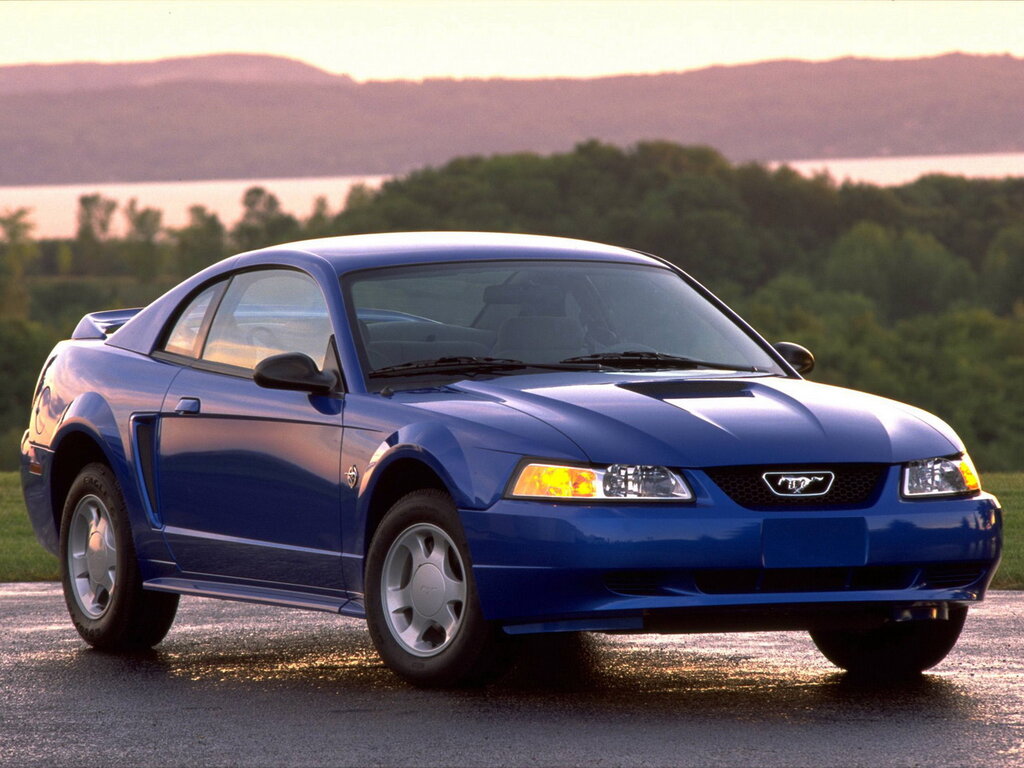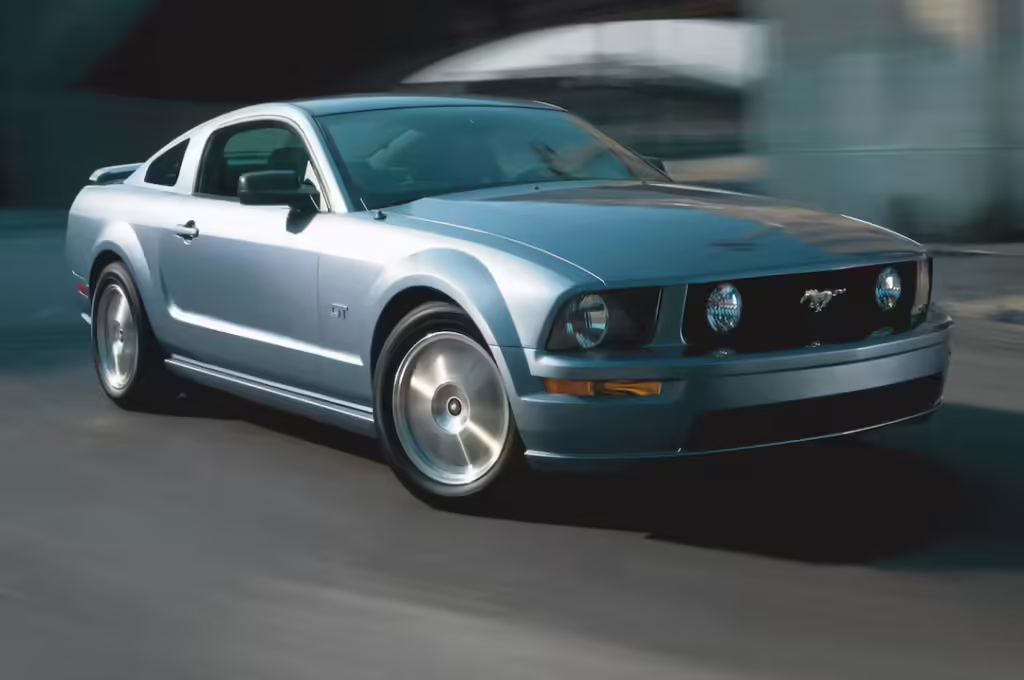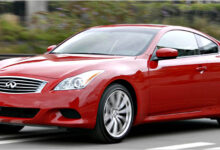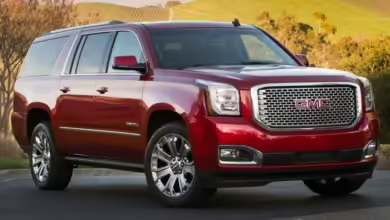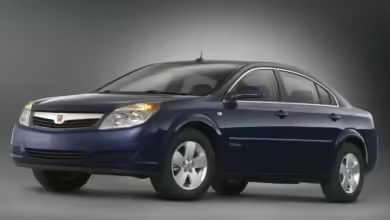Mustang GT Years To Avoid: Avoid These Lemon Models
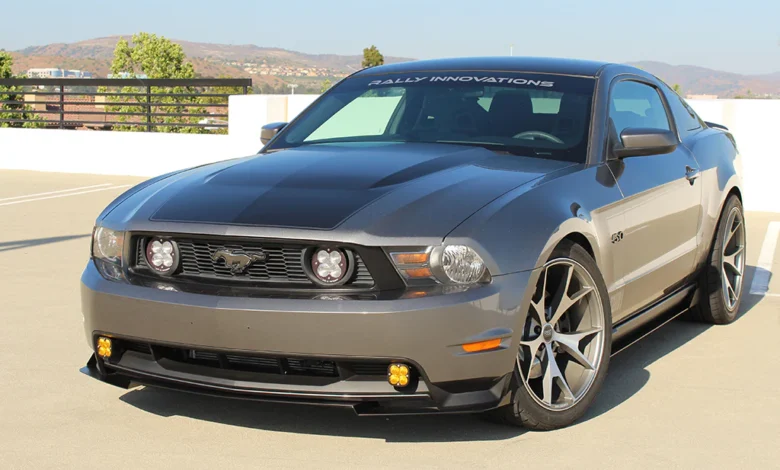
The Mustang GT has long been a symbol of American muscle and automotive prowess, but not every model year lives up to its storied reputation. Some years are riddled with issues that can turn a dream ride into a mechanical nightmare. Whether it’s engine troubles, transmission woes, or problematic electronics, certain Mustang GTs are best left in the rearview mirror. In this guide, we’ll navigate through the model
1998-2000: The Early Years of Trouble
The fourth-generation Mustangs from 1998 to 2000 are notorious for their troublesome nature. Imagine driving a car where the transmission feels like it’s on its last legs—harsh shaking and a sudden forward lean when braking were common complaints. Mustang GT years to avoid include 1999, which stands out as particularly troublesome, with severe transmission problems that made stopping the car a nerve-wracking experience.
Adding to the misery, these years were plagued by electric system failures and cosmetic issues. Peeling paint and cracking manifolds were frequent grievances, turning
2005-2008: The Fifth Generation Fiasco
The fifth-generation Mustangs, especially from 2005 to 2008, were supposed to be a design renaissance for the model. Instead, they introduced a slew of problems that left many owners frustrated. 2005 was the harbinger of bad news with faulty transmissions and poor paint quality, a disappointing start for this generation.
2006 didn’t fare any better. This year is often highlighted as one of the worst due to extreme issues with body paint and interior water leaks. Owners reported paint bubbling and rusting, making the car look aged before its time. The 2007 model year continued this trend, though it showed some improvement in engine and transmission reliability, the paint issues persisted.
2008 was slightly better but still problematic, with ongoing electrical and transmission issues. These years were marked by a high number of recalls and owner-reported complaints, making them a risky choice for any prospective buyer.
2010-2012: A New Decade, Same Problems
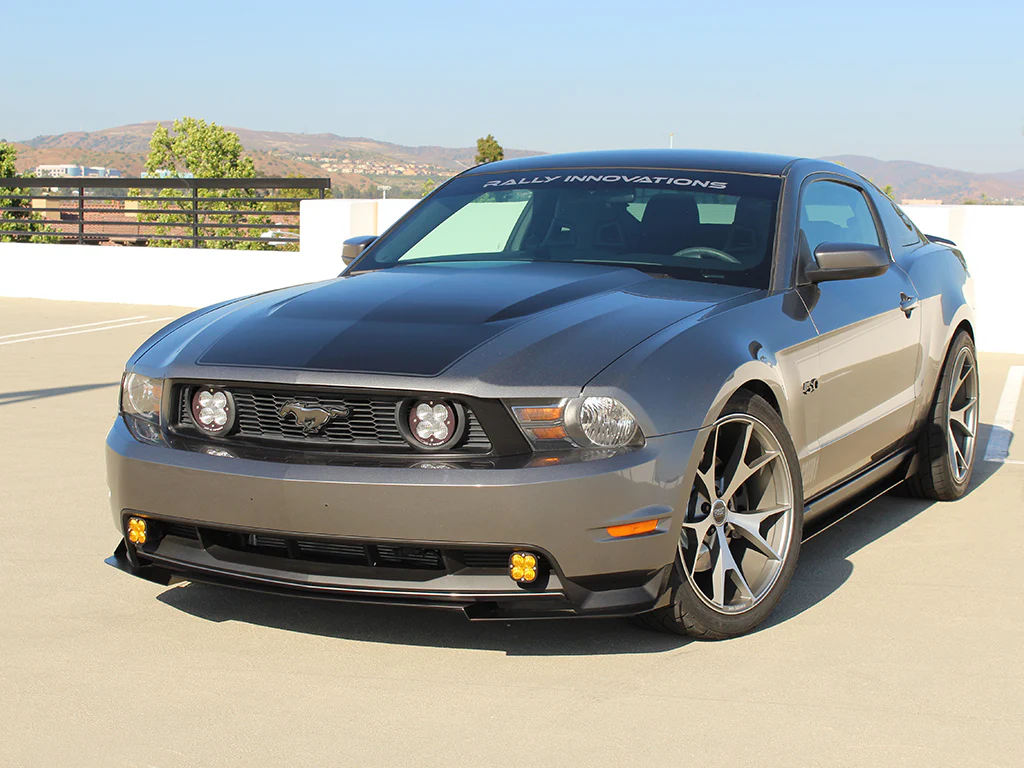
As we moved into the new decade, the 2010-2012 Mustangs didn’t leave their troubles behind. 2010 saw persistent problems with the body and paint, a recurring nightmare for Mustang owners. The 2011 and 2012 models were particularly plagued by transmission issues. Owners frequently reported rough shifting and unexpected jerking, significantly detracting from the driving experience.
These years al
2013-2016: The Not-So-Golden Era
When discussing Mustang GT years to avoid, the years 2013 to 2016 were expected to bring improvements but instead introduced a new set of headaches. 2013 was infamous for body and paint issues, with many cars experiencing paint peeling and bubbling. Engine troubles and a faulty cooling system added to the woes.
2014 wasn’t much better, with an alarming number of complaints about the airbags and engine failures. The drivetrain issues, including complete breakdowns, were particularly worrying for potential buyers.
2015 and 2016 continued this trend into the sixth generation, with numerous complaints about engine performance and transmission reliability. These years saw freq
